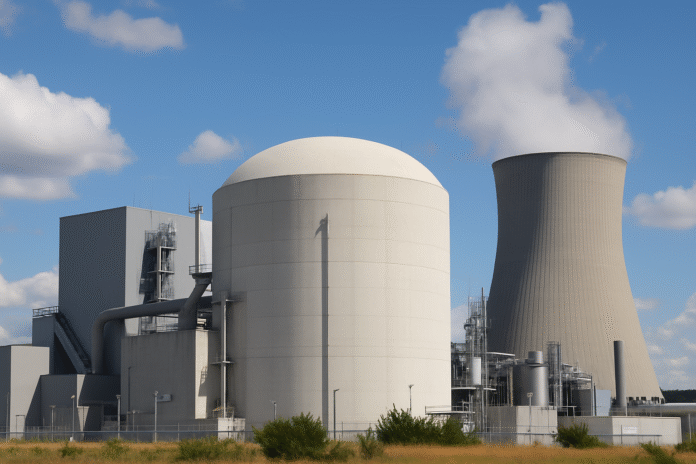Introduction
As global demand for clean, reliable energy grows, Small Modular Reactors (SMRs) are gaining momentum as a next-generation nuclear solution. These compact reactors are designed to offer scalable, cost-effective, and safer alternatives to traditional large-scale nuclear plants.
This article provides a complete overview of SMRs, their advantages, design types, global developments, and the challenges they face—fully optimized for SEO to help you stay ahead of the energy curve.
What Are Small Modular Reactors (SMRs)?
SMRs are nuclear fission reactors that produce up to 300 MWe of electricity per unit—about one-third the output of a traditional large reactor. What makes them unique is their:
- Modular design: Factory-built, then shipped for on-site installation
- Scalability: Multiple units can be added as energy demand grows
- Enhanced safety: Many designs use passive safety systems
- Lower capital cost and faster construction times
Why SMRs Are Attracting Global Interest
✅ Safety & Simplicity
SMRs use passive cooling and automated shutdown systems, reducing risks associated with operator error or power outages.
✅ Ideal for Remote Locations
Their compact size makes them perfect for off-grid areas, islands, or regions with limited infrastructure.
✅ Flexible Energy Mix
SMRs can be integrated with renewables, offering backup baseload power to complement solar and wind.
✅ Climate Commitments
As countries strive to meet net-zero targets, SMRs offer a zero-emission option with stable generation.
Types of SMR Designs
There are several categories of SMR technologies in development:
- Light Water Reactors (LWRs)
Based on traditional pressurized or boiling water designs—simplified and downsized. - High-Temperature Gas-Cooled Reactors (HTGRs)
Use helium gas as coolant and operate at higher temperatures, useful for industrial heat. - Molten Salt Reactors (MSRs)
Use liquid salt as coolant or fuel. Offer safety, flexibility, and potential to burn nuclear waste. - Fast Neutron Reactors (FNRs)
More efficient in fuel use and capable of reusing spent fuel—ideal for long-term sustainability.
Key Players and Global Developments
- USA: NuScale, GE Hitachi (BWRX-300), and Oklo are leading development
- Canada: Ontario Power Generation working with GE Hitachi
- UK: Rolls-Royce developing a 470 MW SMR
- China: Linglong One project underway
- Russia: Floating SMRs already in operation (Akademik Lomonosov)
Challenges to Commercial Deployment
Despite their promise, SMRs still face hurdles:
- Regulatory complexity: Licensing processes are slow and fragmented
- Cost uncertainty: Economies of scale haven’t been fully realized
- Public perception: Nuclear stigma still impacts acceptance
- Waste management: Long-term disposal strategies are still evolving
The Outlook: Are SMRs the Future of Nuclear?
With over 70 SMR designs in various stages of development, the technology is quickly moving from concept to deployment. The first commercial units are expected to become operational in the late 2020s to early 2030s.
For countries seeking decentralized, emission-free, and resilient power, SMRs offer a compelling path forward.



